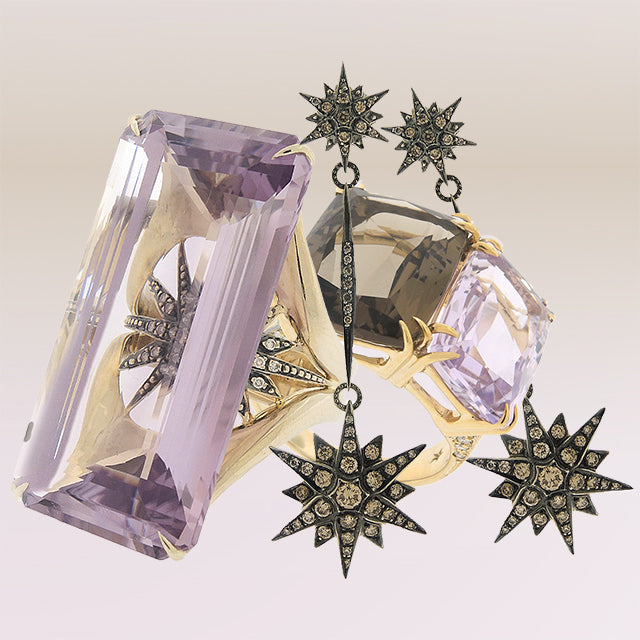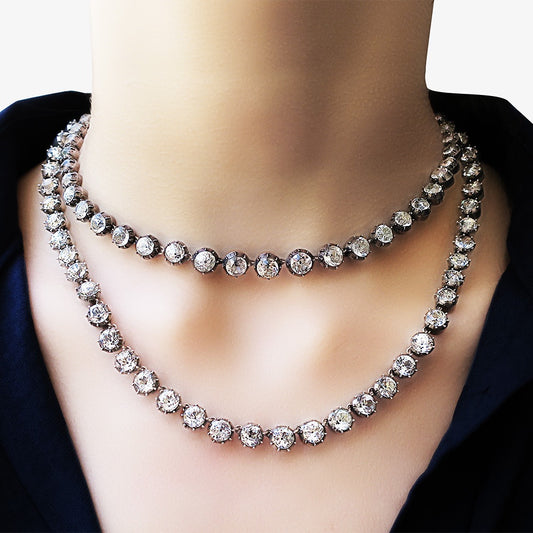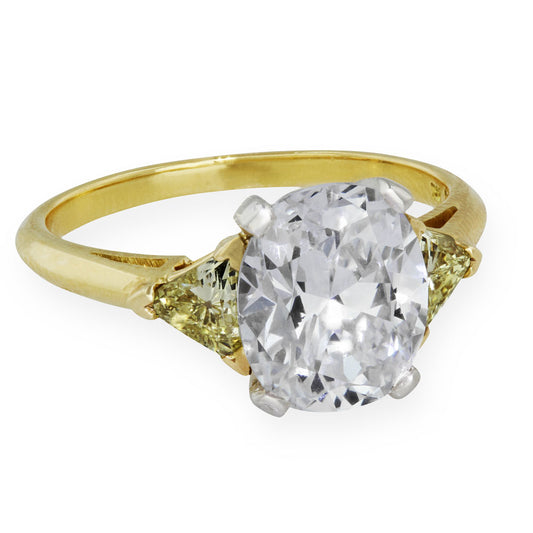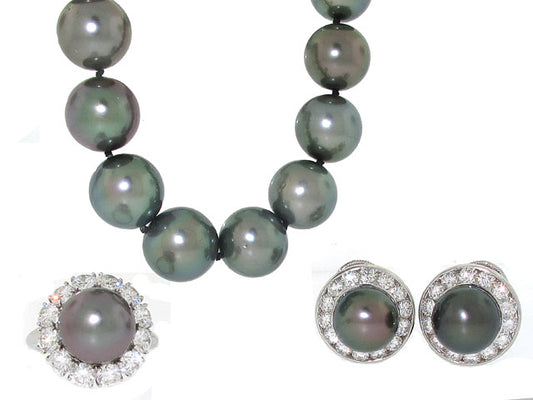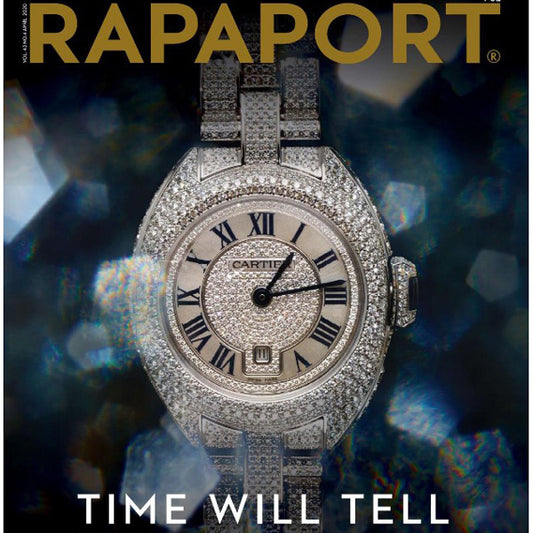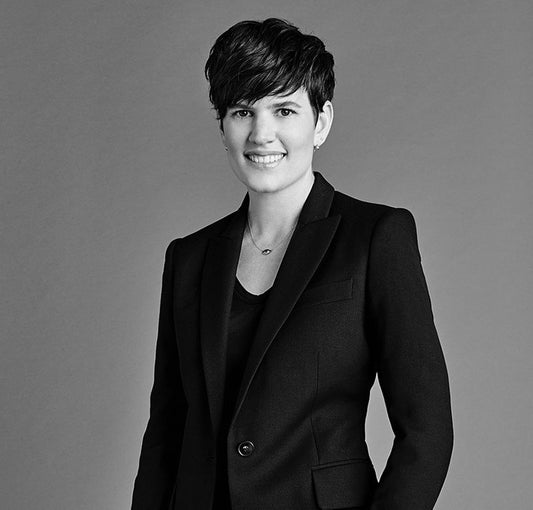In 1939, on the cusp of World War II, a 17-year-old German-Jewish émigré, Hans Stern, arrived in Rio de Janeiro and went to work for a company that exported minerals and precious stones such as topaz, tourmalines, and amethysts. Stern was fascinated by these brightly-hued stones and as his work required him to travel around the country, he was able to see and learn more and more about them.
Stern realized the potential in these semi-precious stones and decided it would be a worthwhile investment to sell his most prized possession, a Hohner accordion—his only keepsake from home—to put the cash to better use. Prior to this time, most highly-prized stones were of precious material—diamonds, rubies, emeralds, and sapphires. He combined the $200 he received for his Hohner with a small bank loan, and opened a shop where he could spin his dreams. He wanted Brazil to be known as the Land of the Colored Gemstone and he was determined to export those stones in finished jewelry to foreigners. To ensure that non-natives would find him and his wares, the opened his first shop on the cruise ship docks.

From the Beladora Archives: H. Stern ‘Cobblestones’ Light Amethyst Ring in 18K
Stern debuted his second store at the Quitandinha Hotel in Petropolis, then a well-known resort town. The two salons were quickly joined by boutiques at the recently-built airports in Rio and other South American cities. He invited European craftsmen to work for him as bench jewelers, lapidaries, and stone setters so that he could sell finished jewelry pieces as well as unmounted stones. By the late 1960s and ‘70s, his jewelry company had become well-known as the “Jewelers of the Caribbean,” a tag line the company used in advertising and promotion. Stern’s single shop mushroomed into 160 emporia in 12 countries and the original work force of Hans and his single employee blossomed into a battalion of 3,000. Because of his foresight, semi-precious stones such as tourmalines, citrines and aquamarines gained enormous popularity.
H.Stern jewels are all made in the company’s own workshops and while colored semi-precious stones still figure prominently in the collections, they are no longer the solitary cornerstone. Diamonds, gold, and finished pieces are equally represented. The company’s lines are extensive and while most carry the signature of the firm, Stern has collaborated with others, most prominently, Diane von Fürstenberg, who created her well-known and wildly popular DvF Collection for the company. Today, H.Stern workshops are among the most visited tourist attractions in Rio and the jewelry is sold worldwide.
Ruth J. Katz

